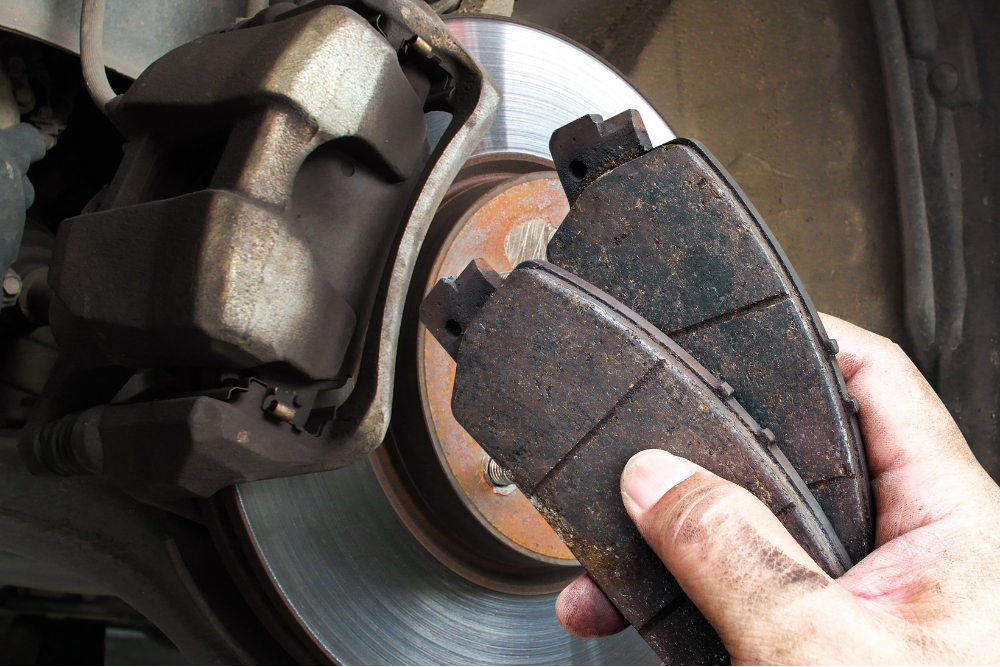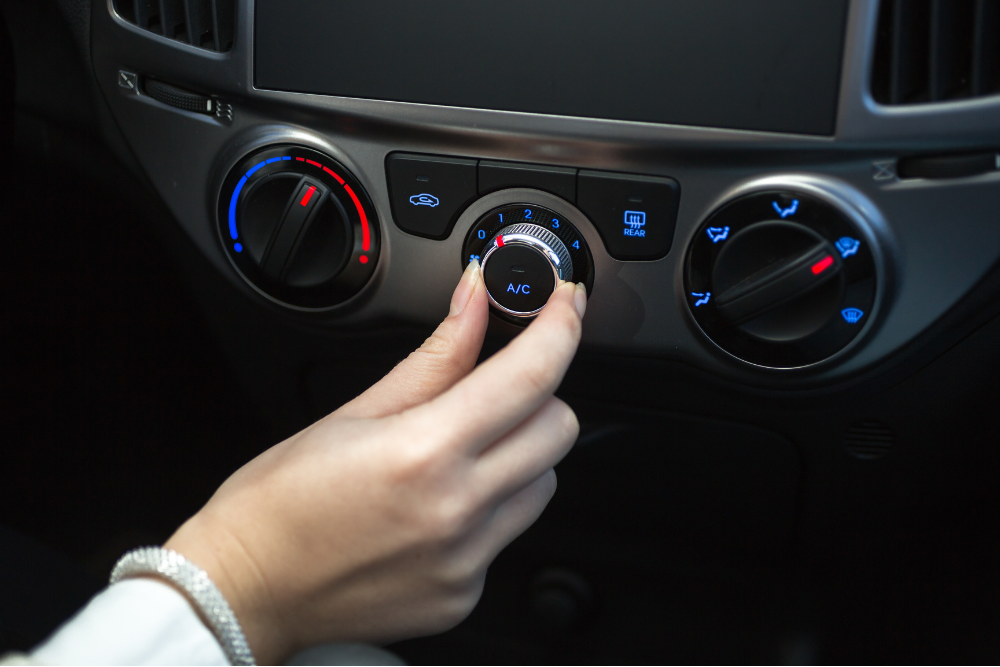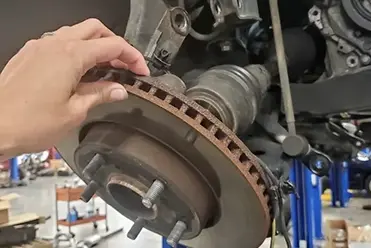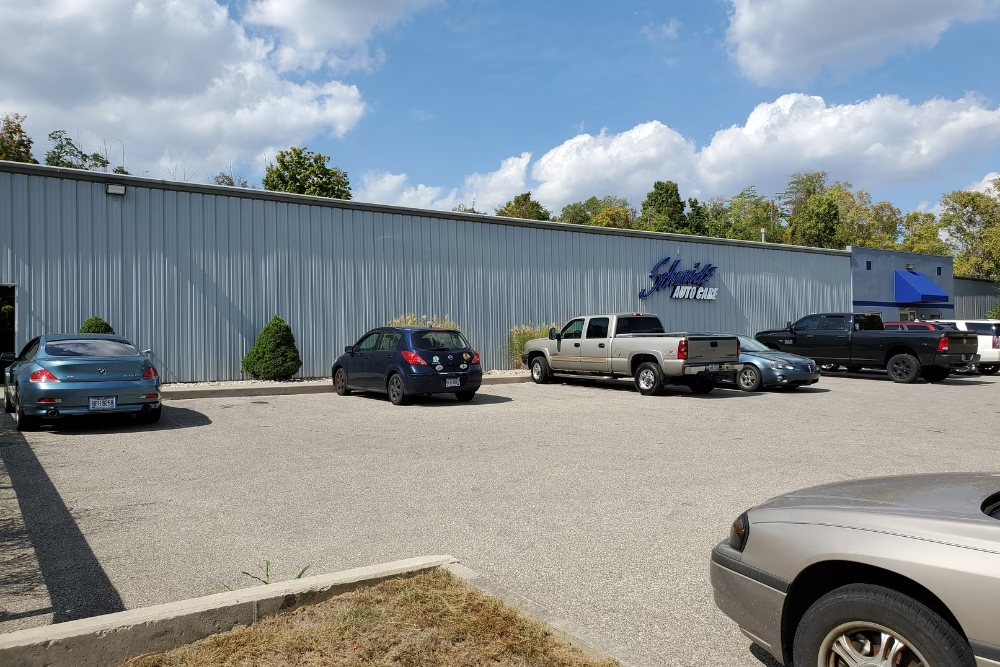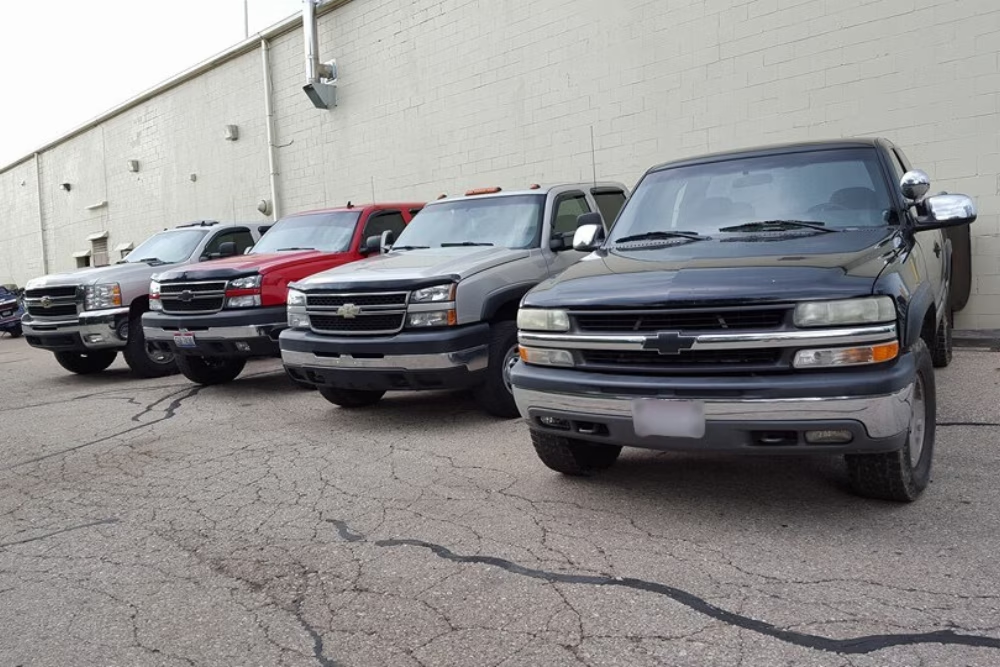Blog
Featured Blog
Brake Problems? How to Know When It’s Time for a Repair in Springboro
Noticing squeaky brakes or a soft pedal? Schmidt Auto Care in Springboro explains when to repair your brakes and why…
Expert Insight: When to Service Your Car’s A/C?
April 3, 2025
Why February Is the Perfect Time for a Brake Check in Springboro, OH
February 28, 2025
Curbside Delight in Springboro with Schmidt Auto Care
August 12, 2024

